[Started this Sunday morning in Berlin; finished it Monday morning at home.] Since we are going home to separate cities, we are of course on […]
What a day. We packed a lot in and were pretty happy with it by the time we were done. The photo editing though is […]
Today was pretty light. We were both pretty tired and feeling the full effects of the prior 9 days. It’s shocking to me now to […]
It’s not quite 5am on Friday morning as I start this. We got back to the room last night a little before 10pm, which is […]
It’s only 5:00 and we are done for the day, well sort of. We finished our agenda early and decided to continue with the “take […]
[Wow, this internet is so much faster than the one in Prague!…actually the one in Vienna, too…] We set the alarm for 6am, packed up […]
Subscribe to the Blog
Enter your email address to subscribe to my blog, which will provide notifications of new posts. Soon after you enter your email address below, you will receive one to confirm your subscription. Check your spam/junk folder if you don’t see it.



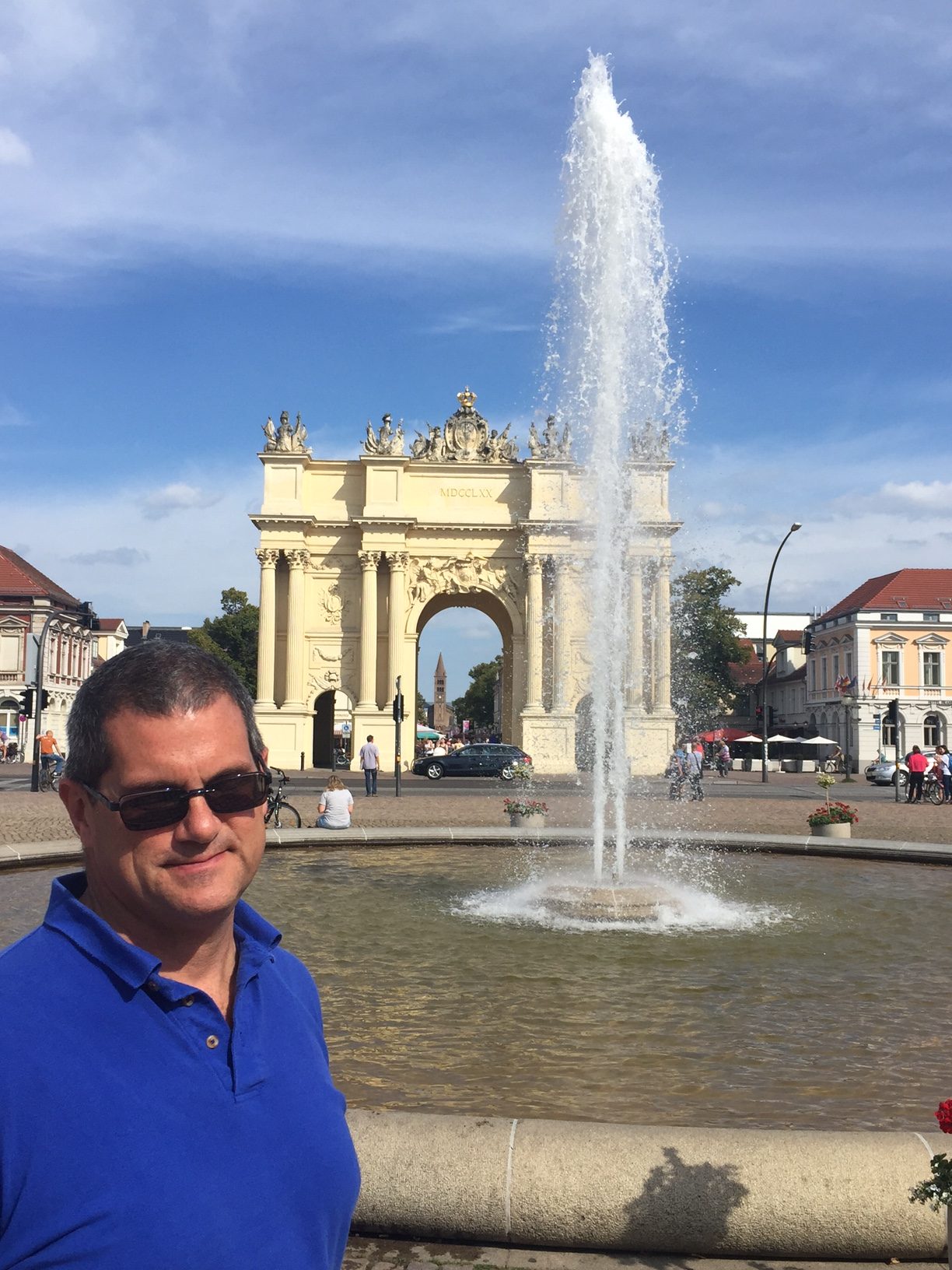
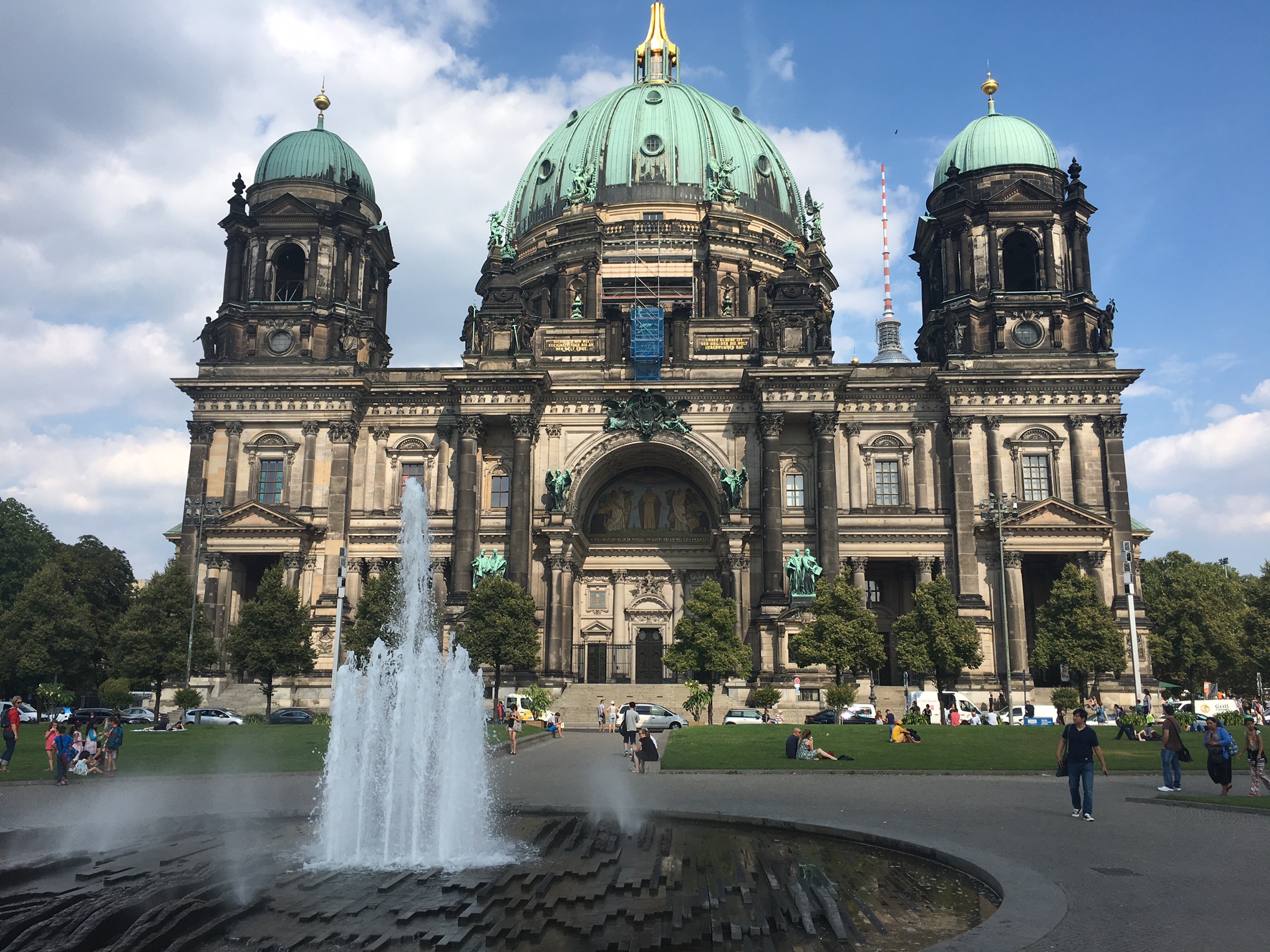
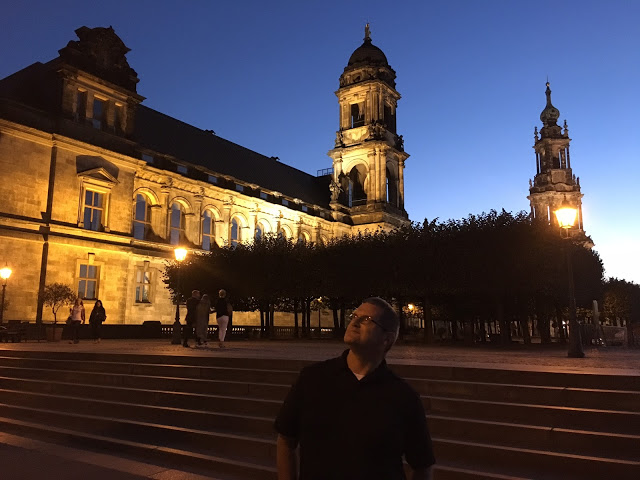

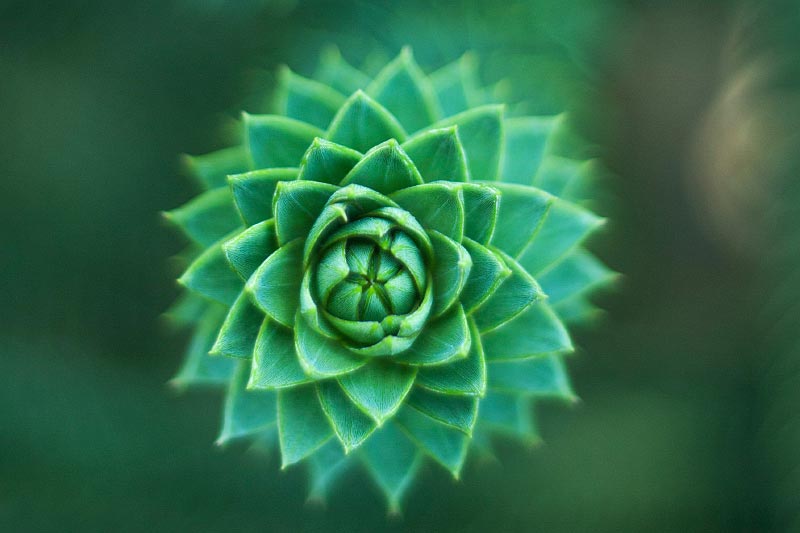

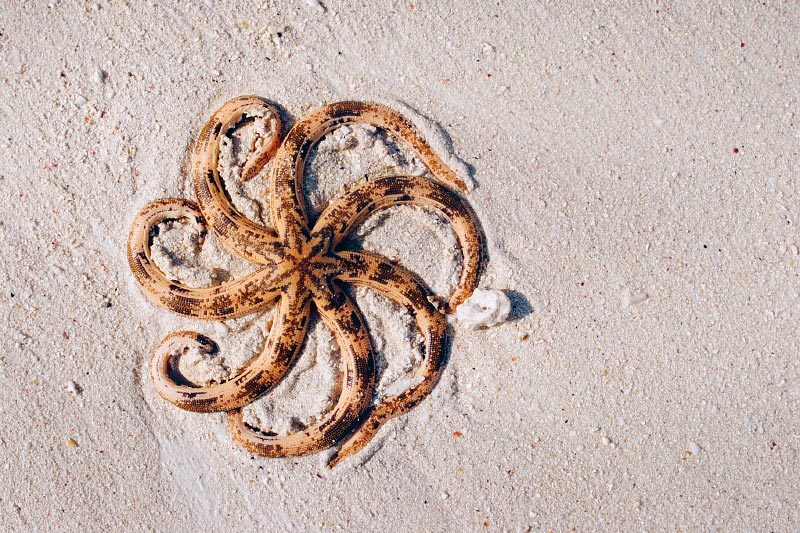

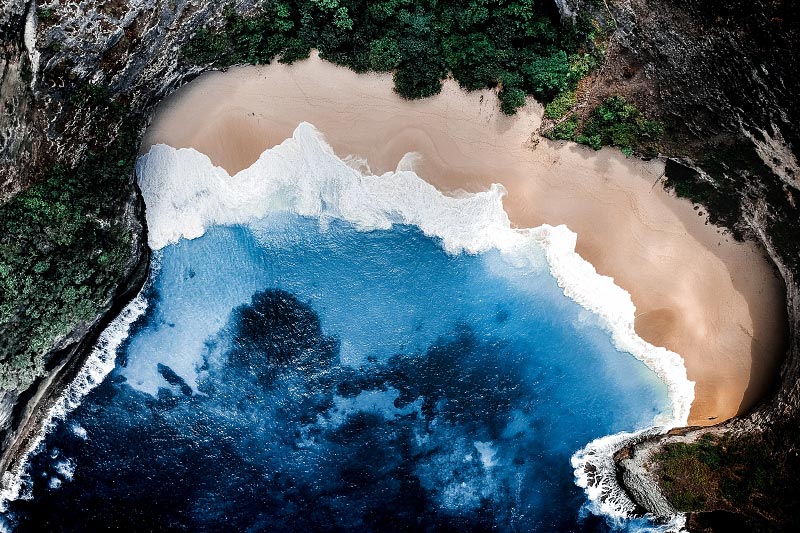
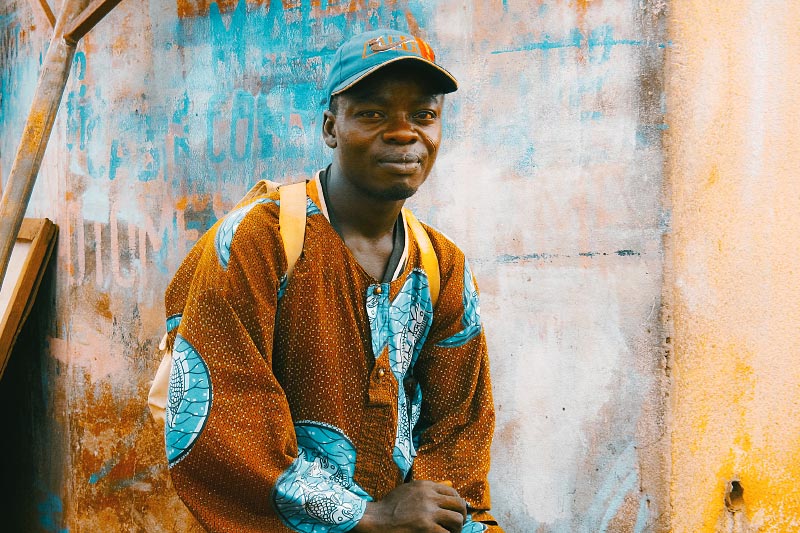
Keep In Touch